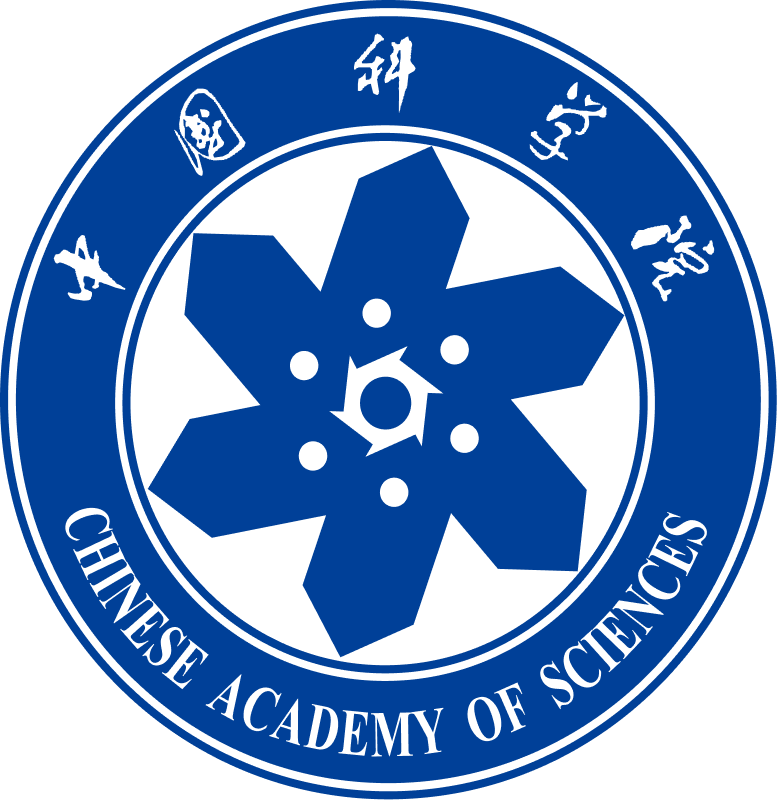HKU-CAS Joint Laboratory on New Materials
Although phosphorescent complexes based on iridium(III), ruthenium(II) and platinum(II) have demonstrated enormous potential in various applications, the use of noble metals remains one of the limitations for realization of their practical, large-scale applications. The objective of this research is to develop luminescent metal complexes based on earth-abundant metals. We will develop luminescent tungsten(VI), copper(I) and iron(II) complexes, investigate their excited state properties by means of spectroscopic measurements and theoretical calculations, and explore their applications in photocatalysis and material science. In order to promote light emission from these complexes at room temperature, we will design ligands that have strong ligand field strength and high structural rigidity so as to reduce non-radiative decay arising from low-lying ligand-field d-d states and excited state structural distortion respectively. Ligands having carbon-donor atom(s) will also be employed because the formation of metal-carbon bond(s) can improve the stability and robustness of the resultant metal complexes. This research can lead to new classes of light-emitting, functional molecular materials, and can give new insights into research in transition metal photophysics and photocatalysis.
-

Original project funded for three years from 2018
Directors

Chi Ming Che
The University of Hong Kong

Yong Chen
Professor at the Technical Institute of Physics and Chemistry (TIPC), CAS
Other projects


Stay in the loop!
Subscribe to keep up with the latest from Croucher Foundation.


